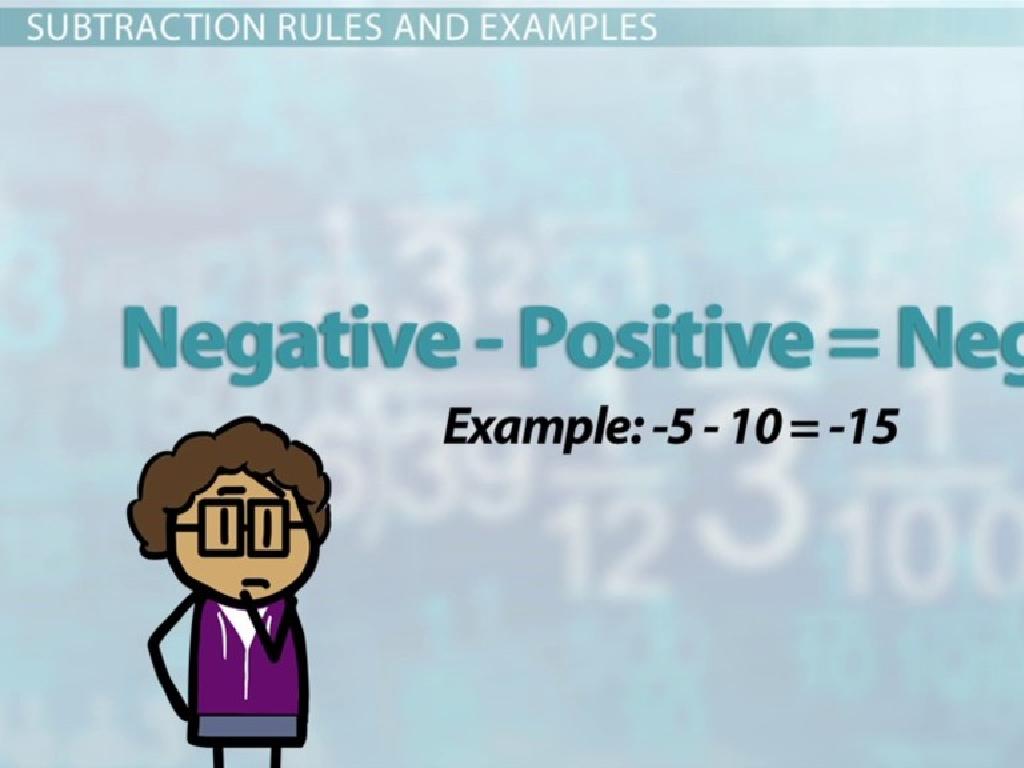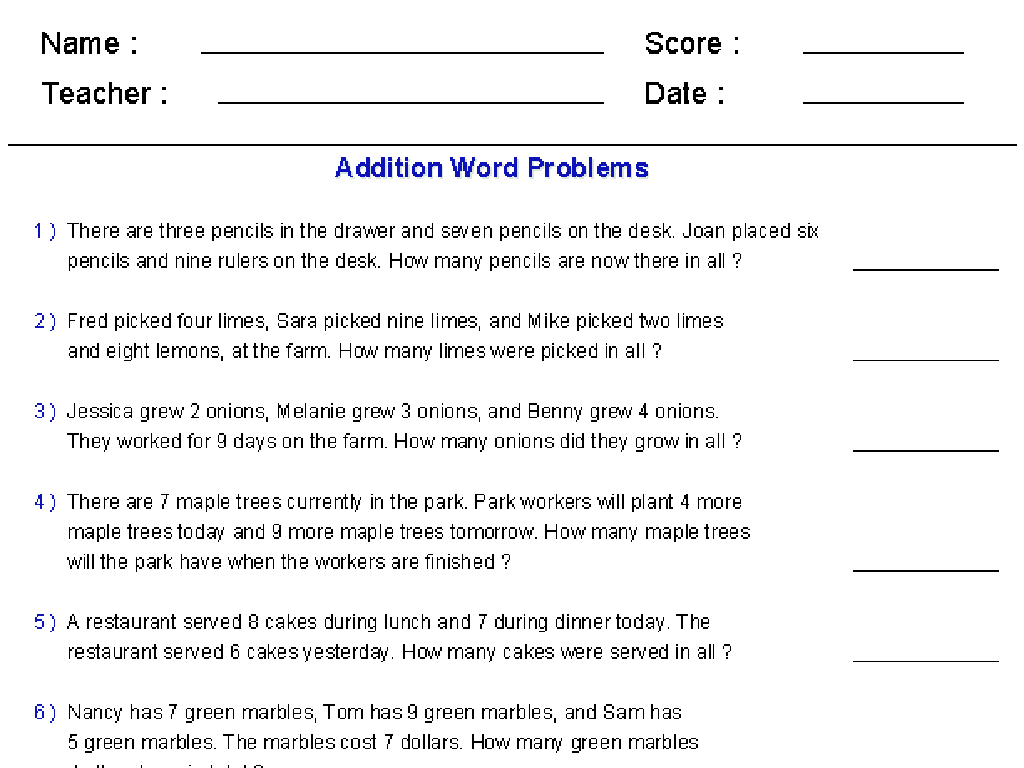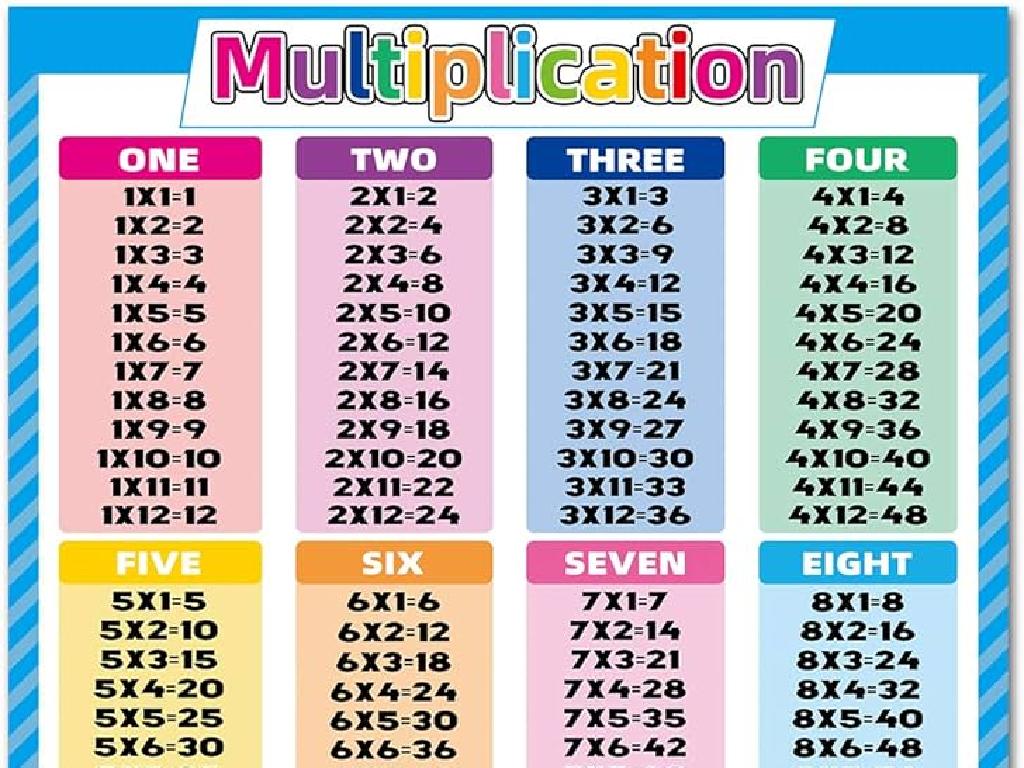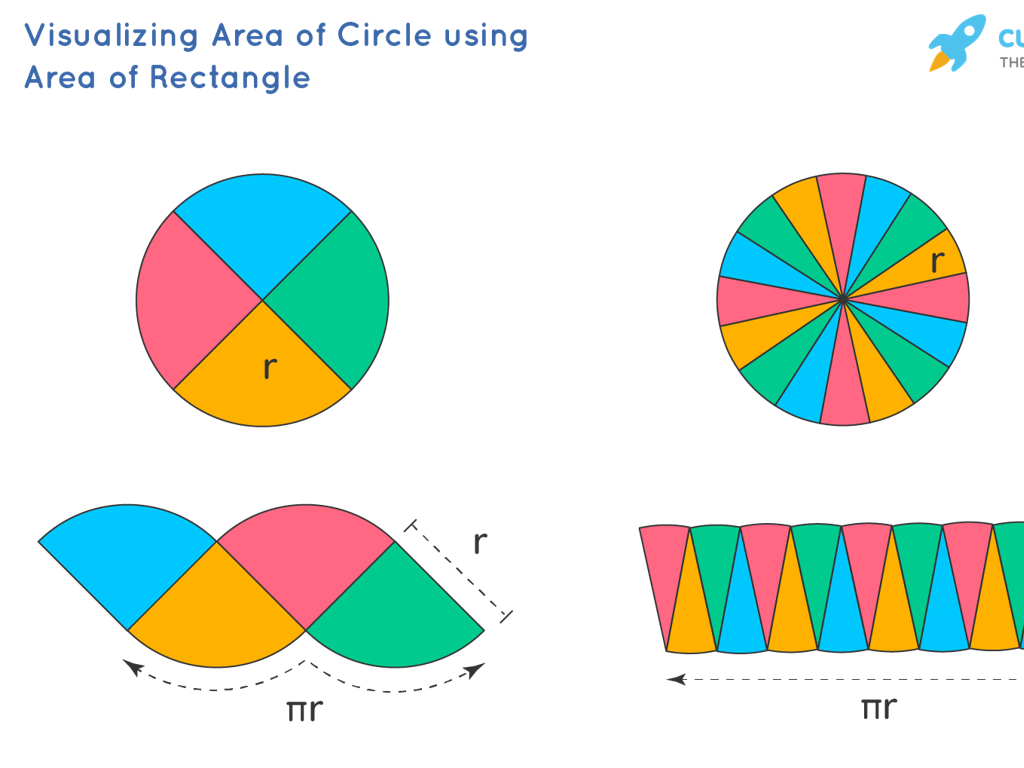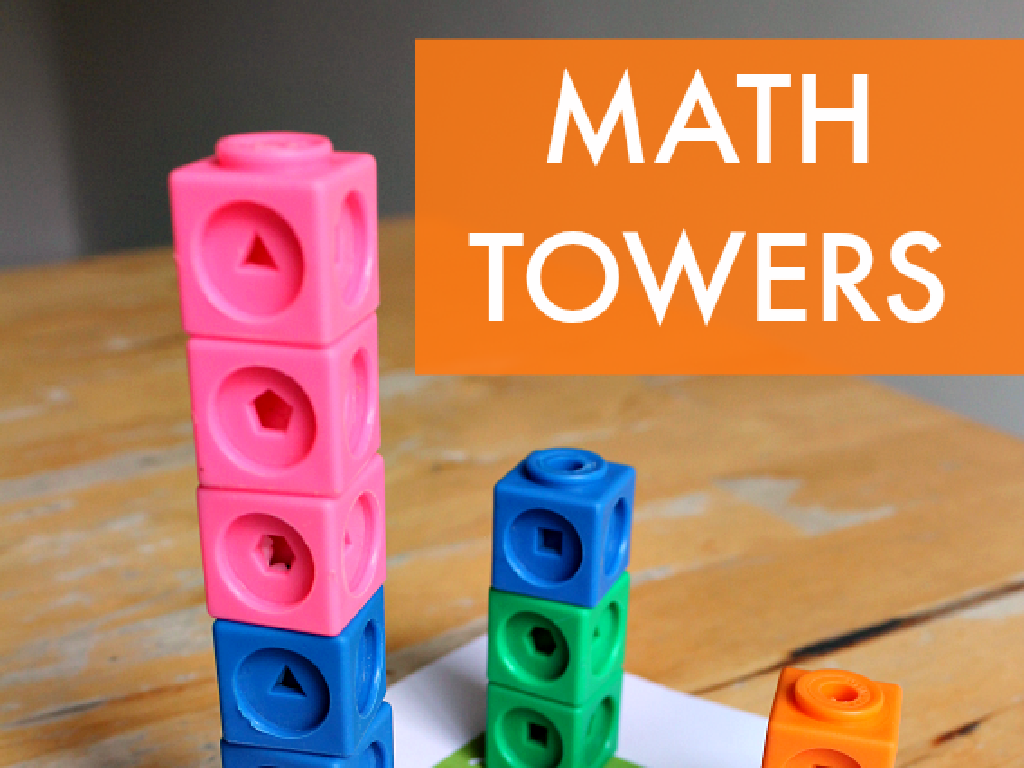Identify Flower Parts And Their Functions
Subject: Science
Grade: Fifth grade
Topic: Plants
Please LOG IN to download the presentation. Access is available to registered users only.
View More Content
The Magic of Flowers: Introduction
– Explore the roles of flower parts
– Petals, sepals, stamens, and pistils
– Each part has a unique function
– For example, petals attract pollinators
– Importance of flowers to plants
– They are essential for reproduction
– Flowers: More than just beauty
|
Begin the lesson by captivating the students’ interest with the aesthetic beauty of flowers, then transition to the educational aspect. Explain that each part of a flower has a specific role that contributes to the plant’s life cycle. Discuss how flowers are not just for show; they play a crucial role in the reproduction of plants by facilitating pollination. Emphasize that without flowers, many plants would not be able to produce seeds and continue their species. Encourage students to think about flowers they have seen and what attracts them to the flower this will lead into the discussion on the function of petals and other parts.
The Petals: Nature’s Attractors
– Petals attract pollinators
– Variety in colors and shapes
– Petals can be bright or pastel; round, pointy, or ruffled.
– Activity: Describe favorite flowers
– Think about the petals’ color, texture, and shape.
– Understanding petals’ role
– Petals protect reproductive parts and aid in pollination.
|
This slide introduces the function of petals in the life cycle of a flower. Petals are often colorful and vibrant, serving to attract bees, butterflies, and other pollinators. Discuss the diversity found in petal colors and shapes, and how this variety can be seen in students’ favorite flowers. For the activity, each student will name their favorite flower and describe its petals, focusing on details like color, texture, and shape. This will help students understand the role of petals in plant reproduction and the importance of pollinators. Encourage creativity and ensure students appreciate the biological significance of these structures.
The Role of Sepals in Flowers
– Sepals protect the developing bud
– They act as a shield for the petals inside the bud
– Sepals resemble small leaves
– Located at the flower’s base, surrounding the petals
– Activity: Sketch and label sepals
– Draw a flower from observation or imagination and clearly mark the sepals
|
This slide introduces the concept of sepals and their protective function in flower anatomy. Sepals are often green and leaf-like, and they encase and shield the flower’s petals while the flower is in the bud stage. For the activity, students should find a flower to observe or use a provided image to sketch. They should focus on identifying and labeling the sepals, understanding their location and role. This hands-on activity will help solidify their understanding of flower parts. Teachers should prepare to provide examples of flowers with clearly visible sepals and assist students in identifying them during the sketching activity. Encourage creativity and reinforce the idea that sepals can vary in appearance but always serve the same protective function.
Flower Power: Stamens and Pistils
– Stamens: The Male Flower Part
– Consists of anthers and filaments
– Pistils: The Female Flower Part
– Made up of stigma, style, and ovary
– Cooperation in Reproduction
– Stamens and pistils interact for plant reproduction
– Key Roles in Plant Life Cycle
|
This slide introduces the reproductive parts of a flower, focusing on the stamens and pistils. Stamens, the male parts, are composed of anthers, where pollen is produced, and filaments, which hold up the anthers. Pistils, the female parts, include the stigma, which catches pollen, the style, a tube leading to the ovary, and the ovary itself, where seeds develop. Understanding how these parts work together is crucial for grasping plant reproduction. The stamen’s pollen must reach the pistil’s stigma for fertilization to occur, leading to seed formation. Discuss the importance of these components in the life cycle of plants, and encourage students to think about how these structures ensure the survival of plant species.
The Pollination Process
– Understanding plant reproduction
– Pollination is essential for plants to create seeds.
– Insects: Nature’s pollinators
– Bees and butterflies transfer pollen between flowers.
– Role-play activity: Pollination
– Students will simulate how pollination works.
|
This slide introduces the concept of pollination as a means of plant reproduction. Explain that pollination is a natural process where pollen is transferred from one flower to another, leading to the creation of seeds. Highlight the role of insects like bees and butterflies in this process. For the activity, assign roles to students to act out the parts of flowers and pollinators, demonstrating how pollen is carried and transferred. This interactive approach helps students understand the biological significance of pollination and the interdependence between plants and insects. Possible variations of the activity could include using props, drawing diagrams, or creating a dance that mimics the movement of pollinators.
Fruits and Seeds: Life Cycle of Plants
– Flowers can turn into fruits
– After pollination, some flowers become fruits.
– Fruits safeguard and disperse seeds
– Fruits act as a protective vessel and aid in spreading seeds far from the parent plant.
– Discuss seed importance
– Why do plants need seeds to survive? Think about how seeds help a plant species continue.
|
This slide aims to explain the transformation of flowers into fruits and the role of fruits in the life cycle of plants. After pollination, the flower’s ovary swells and develops into a fruit, which encases the seeds. The fruit’s structure is crucial for the protection of seeds against predators and harsh environmental conditions. Additionally, fruits often have mechanisms for seed dispersal, such as being carried by the wind, water, or animals. The discussion point about the importance of seeds should lead to an understanding that seeds are essential for the reproduction and spread of plant species, ensuring their survival and diversity. Encourage students to think about different fruits and how their seeds are dispersed. This will help them appreciate the variety of strategies plants use to thrive in different environments.
Class Activity: Dissecting a Flower
– Carefully dissect a flower
– Identify and label each part
– Look for petals, stamens, pistils, and more
– Present findings to the class
– Handle flowers with care
– Flowers are delicate, treat them gently
|
In this hands-on class activity, students will work in groups to dissect a flower and identify its various parts, such as the petals, stamens, pistils, sepals, and ovary. Each group will then present their findings, discussing the function of each part. This activity aims to provide a practical understanding of flower anatomy and the role each part plays in the life cycle of a plant. Teachers should ensure that students understand the importance of being gentle with the flowers to respect nature and the learning process. Possible activities include drawing labeled diagrams of the dissected flowers, comparing different flower types, or even creating a flower part scavenger hunt.
Flower Power: Review & Importance
– Recap: Flower main parts
– Functions of each part
– Parts like petals attract pollinators, while the stigma receives pollen.
– Significance in plant study
– Understanding flowers helps us learn about plant reproduction and biodiversity.
– Homework: Flower diagram
|
As we conclude today’s lesson, it’s important to review the main parts of a flower such as petals, stigma, stamen, and pistil, and their specific functions like attraction of pollinators and reproduction. Emphasize the importance of flowers in the broader study of plants, including their role in ecosystems and human agriculture. For homework, students should draw and label a flower, reinforcing their understanding of the flower’s structure and function. This activity will help solidify their knowledge and prepare them for more advanced topics in plant biology.

